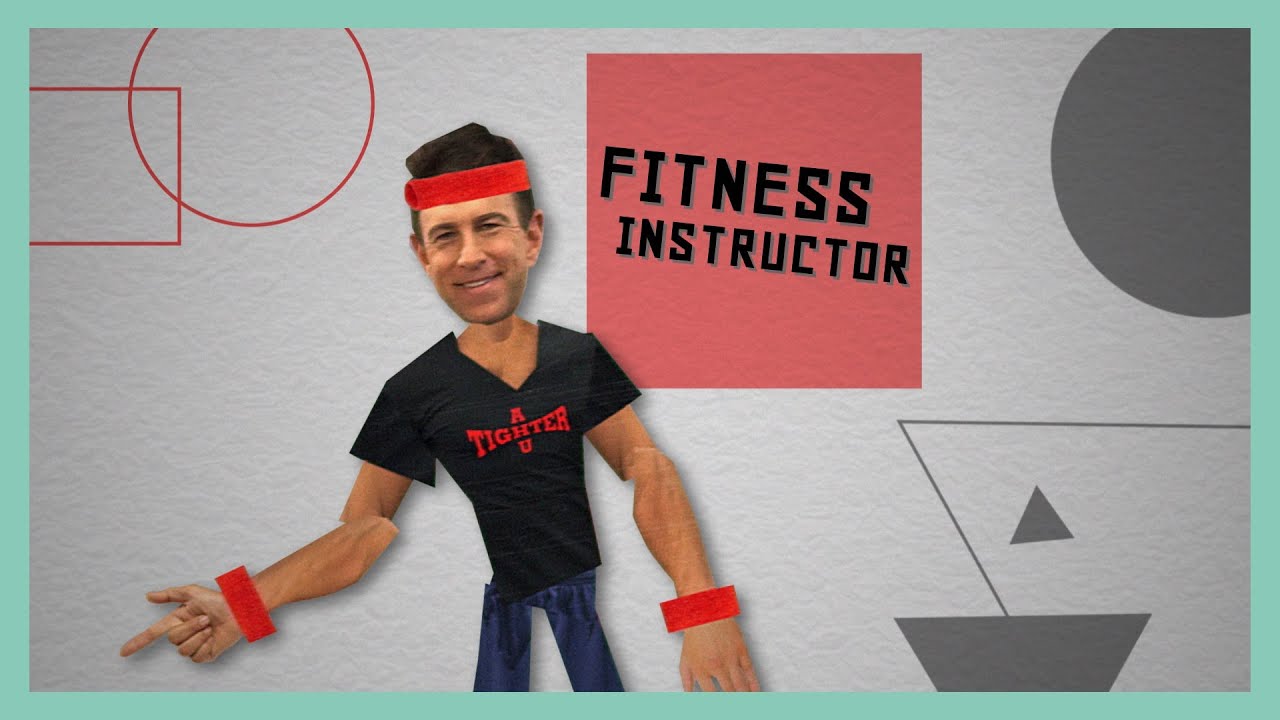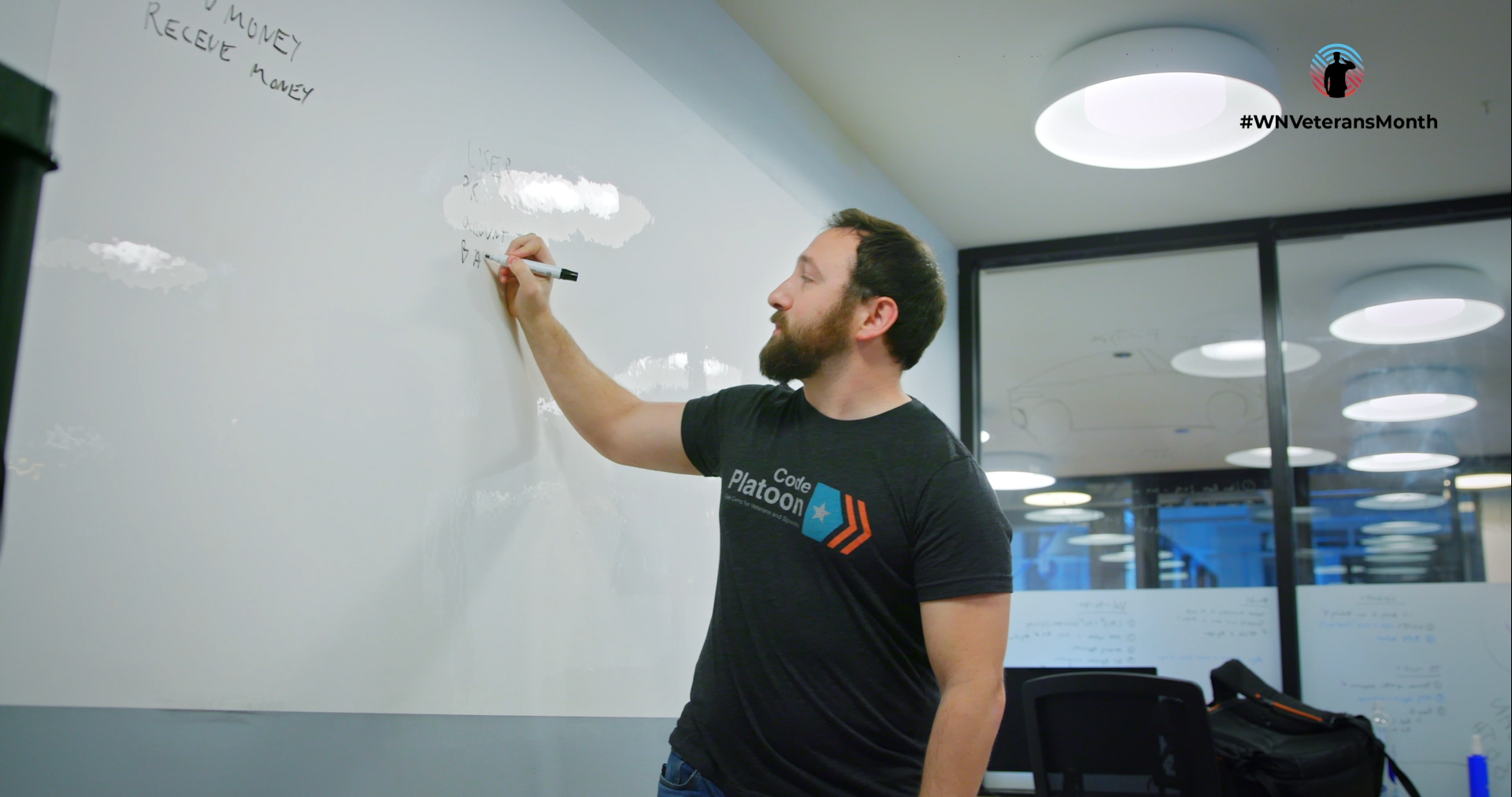With the holidays upon us, some are looking to 2021. What lies ahead? For many people, it’s the vow to take better care of themselves. According to IBISWorld—an industry research company—gym, health, and fitness clubs are a $33 billion industry in the U.S. Analysts say that’s a decline in revenue due to facility closures as a result of the pandemic. But it doesn’t mean people have stopped working out.
A Fitness Instructor Can Get You Off the Couch
Who is helping the clientele get in shape? Personal fitness instructors work with an individual client or a small group. Group fitness instructors run larger group exercise classes. Training may take place in a gym, a park setting, or a client’s home.
Online Workouts Can Have a Further Reach
Steve Zim is a fitness instructor and the owner of A Tighter U in Culver City, California. Zim has worked as a trainer for more than 30 years. He was used to creating individualized workouts and seeing up to 15 clients each day.
When the pandemic started, Zim took his training online. He says, “In this whole new era, we find the internet to be a really great tool to use to reach our clients.” Zim notes he has added some clients worldwide, including in Europe and Africa.
Certification Safeguards the Client
Zim—who is certified by the American Council on Exercise—says it’s important to know how to train people. Without proper certification, clients are put at risk. “I highly suggest that somebody get certified to protect their clients from getting hurt.
Some fitness instructors have an associate’s or bachelor’s degree, according to the Bureau of Labor Statistics (BLS). Those may be degrees in exercise science, kinesiology, or physical education.
Working as fitness trainer allows people to be their own bosses and doesn’t necessarily require incurring a lot of costs, according to Zim. “I can take charge of something myself. I can create my own business by myself. There’s no major overhead to becoming a trainer. I mean, really, you just need to learn what to do. And you can call yourself a trainer. You can take people to a park and train them in a park.”
Zim says he likes to switch up his clients’ routines to keep them from getting bored. He says, “My concept is to never do the same workout twice. I always want to push the client. If you’re doing the same thing over and over again, clients will get bored and leave you. I believe in always making it interesting, changing it up.”
Zim’s workouts isolate specific muscles. He says, “So using weights, using cardio—I created a whole program that’s very unique. I use much lighter weight than people are used to using in gyms.”
Zim says that increasingly, people are paying more attention to their health. “Everybody works out. Your parents work out, you work out. People understand nutrition better.”
The role of the fitness trainer is to help clients see the results of all their hard work. Zim says the work has rewards for him, as well. “The reason why I love being a trainer is I love to see people succeed. I like to see people happy in their own skin. When somebody is happy in their own skin, they feel great about themselves. That’s really what this world is about.”
According to the BLS, the median earnings in 2019 for fitness trainers and instructors was $40,390 per year. Employment of fitness trainers and instructors has been projected to grow 13 percent from 2018 to 2028. Among the reasons for this growth, is an increase in employers’ focus on health benefits for their workers. Additionally, baby-boomers should continue to be active to help prevent injuries and illnesses associated with aging.

































